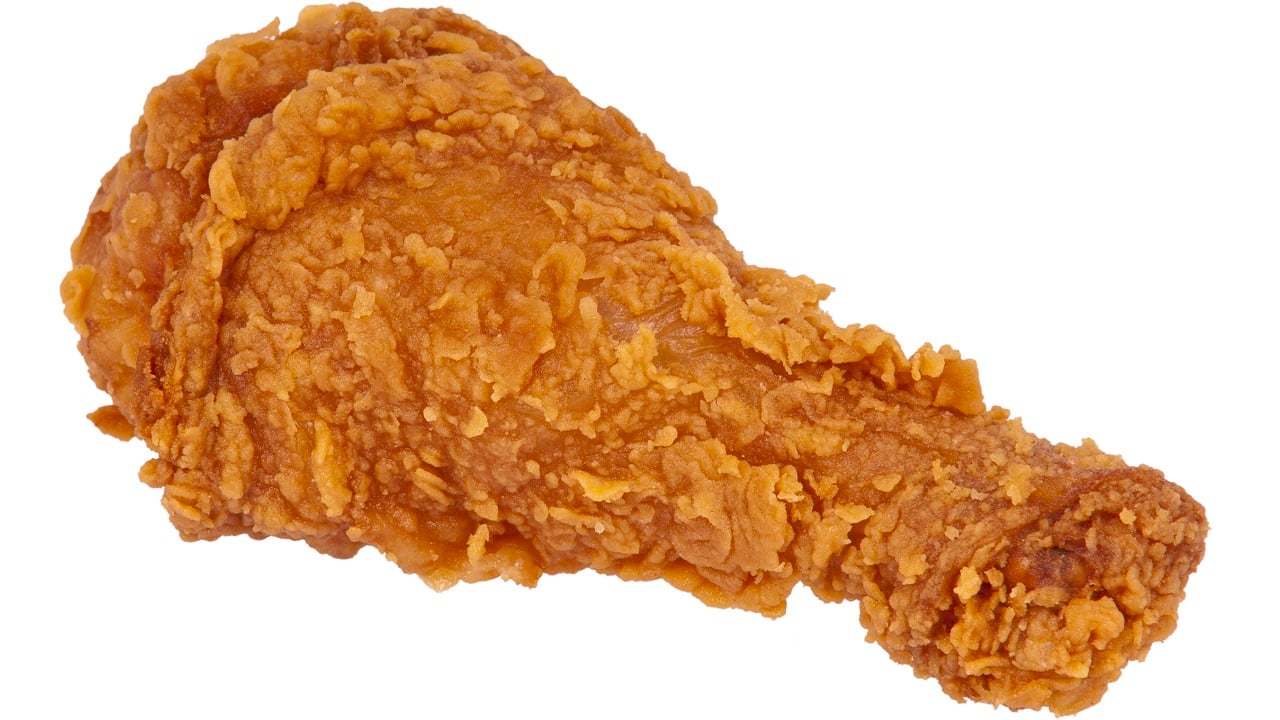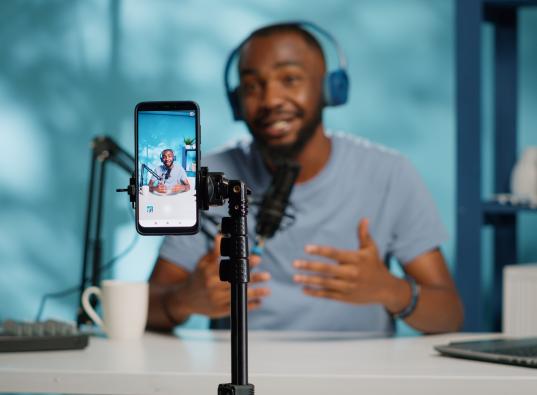KFC recently ran out of chicken at hundreds of their locations in the UK. Yes, Kentucky Fried Chicken ran out of chicken to fry. However, that’s not the story here. If they’d issued an apology and shifted the blame to their delivery provider, that would be the story. But the story wouldn’t be worth writing about in Cape Town, South Africa, now would it? No, what is worth sharing is the daring way in which KFC handled the situation and the part digital marketing played in turning a PR nightmare into a brand-personality-defining moment in the limelight.

What the FCK?
If you haven’t yet seen it on social media, KFC printed an ad featuring their signature bucket with their regular logo recreated to read “FCK”. And this ad was placed in The Sun and Metro newspapers after the fast-food chain realised they needed to do something big to apologise. And merely having a web page on their site where people could find KFC locations which still had chicken available wasn’t going to do the trick. So, they created this ad that would make your grandmother blush and your grandfather talk about the days when people still had manners... if they understood what it meant. And that ad made the brand likeable at a time when they weren’t able to deliver their beloved product to a hangry bunch of customers.
The tale of the print ad that went viral
But, you may be wondering, if dedicating a web page wasn’t enough to cut it and a print ad is what everybody is talking about, then why am I claiming that digital marketing turned this into a success? Well, think about it for a second. If you’ve seen the ad, how did you come across it? You probably didn’t find it in a newspaper from another continent. No, the genius behind this ad is that it went viral despite not even being online (although the website followed suit with complementary, yet less controversial, header banners). And, although I can’t be certain, I’m going to take an educated guess and say that was the plan all along. The agency responsible for this ad weren’t counting on the circulation of those newspapers to redeem the brand in the eyes of its consumers, but rather the likelihood of something as controversial as that landing up on social media.
Had the popular worldwide fast-food chain gone straight to Twitter to address the trending hashtag #KFCCrisis, their apology would have been lost in a sea of consumer complaints and content from competitors taking advantage of the situation. The shock factor wouldn’t have been there. “FCK… we’re sorry” isn’t pushing any boundaries when tweeted, but in print? That’s going to turn some heads and those heads are going to take out their smartphones and share what they’ve seen with their followers and friends.
The print ad also drew attention to the page on their website to help out their unfed loyal customers looking for their next fried chicken fix. So, basically, a newspaper ad might actually be responsible for the majority of traffic to a web page, which is not something you’d expect in 2018. Nor is it something you’d think digital marketers would want to highlight, and yet it is.
It’s relevant because it’s online
While some may say that the success of this ad proves that print media isn’t dead, I’d like to say the opposite. This campaign turned out the way it did only because it ended up online. This goes to prove that anything that is worth talking about ends up online. If the story is worth telling, the content worth sharing, the conversation worth having, it will end up online. People post content online that they find relevant and think others will find relevant as well. Why? Because it’s the fastest way to share content and have your say at the same time. Had nobody had the option of posting this ad online, the reach of the campaign would have been limited to the newspapers’ readership and the people they may have talked to about it over the two or three days it remained on their minds. Now, every time the ad passes through a person’s newsfeed, they’re reminded of it. And that means that the ad will stay relevant for longer.
It all ends up digital
The truth of the matter is that this was a brilliant campaign that went viral without even being digital content to start with. But a stunt like that is unlikely to work more than once, maybe twice within a period of a few years. This is not the start of a new marketing strategy that brands can follow like sheep. Instead, what marketers should take away from this is that all good content ends up digital. Whether it’s posted directly to a blog or social media or is a digital conversation that brings publicity with it, it becomes more relevant to more people simply because it’s online.
So, what do digital marketing agencies do when a print ad goes viral? They do what they’ve always done and continue to ensure their clients stay relevant by keeping their websites optimised for both search engines and user experience, creating content that speaks to the brand’s target audience, and coming up with strategies to increase sales, drive traffic and better the brand identity.
Need Assistance with Digital Strategy?
Rogerwilco’s team of strategists, business analysts and data scientists is here to help.





